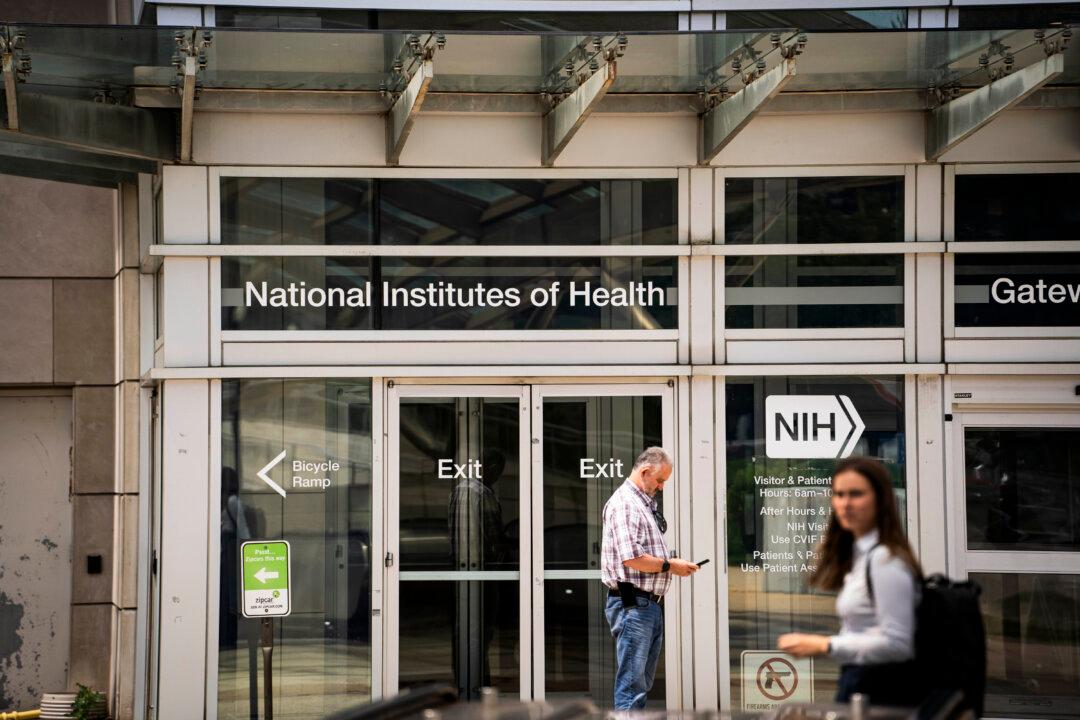U.S. stock futures were up in early trading Monday, as market mood appeared more upbeat as investors look ahead to a Federal Reserve meeting later in the week and weigh whether policymakers will accelerate their timeline for scaling back stimulus in the face of high inflation.
Investor risk appetite seemed to inch up early Monday, with futures contracts on all three major Wall Street equities indexes lifting. Dow Jones futures were up 0.14 percent, Nasdaq futures rose 0.36 percent, and S&P 500 futures gained 0.24 percent, by 6:56 a.m. New York time on Dec. 13.
European stocks also firmed on Monday, with the pan-region STOXX 600 index last up 0.52 percent by 6:58 a.m. New York time.
Besides inflation running at over three times the Fed’s 2 percent target, recent labor market data has reinforced the view of a firming jobs recovery, adding to pressure facing the central bank to roll back stimulus more aggressively.
The Fed is now on track to phase out its $120 billion per month in bond purchases at a pace of $15 billion per month, which would conclude the process in June. The Fed has, however, left the door open to a faster taper if conditions warrant, with expectations building for that to be the case when the central bank convenes its next policy meeting Dec. 14–15.
While inflation has not yet had a significant impact on consumer spending, a key driver of the U.S. economy, it has weighed heavily on consumer sentiment.
“Inflation is outpacing increases in household income and weighing heavily on consumer confidence, which is at a decade low,“ Bankrate Chief Financial Analyst Greg McBride told The Epoch Times in an emailed statement. ”It is only a matter of time before it impacts consumer spending in a material way.”
Richard Curtin, chief economist of the Michigan University Surveys of Consumers, said that an expectation of incomes rising 2.9 percent in the year ahead was what drove a rise in sentiment among the bottom third of earners.
“This suggests an emerging wage-price spiral that could propel inflation higher in the years ahead,” Curtin said in a statement.
A number of economists have warned that if inflation stays too high for too long, it could fuel the kind of wage-price spiral that cast a shadow over the U.S. economy in the 1970s.





